
Hero XPulse 200 Review, First Ride
Hero MotoCorp showcased their first off-road biased motorcycle, the Xpulse 200 at the 2017 EICMA show. Hero confirmed the launch at the 2018 Auto Expo. We finally got our hands on the lightweight and capable off-roader. Find out more in our review.
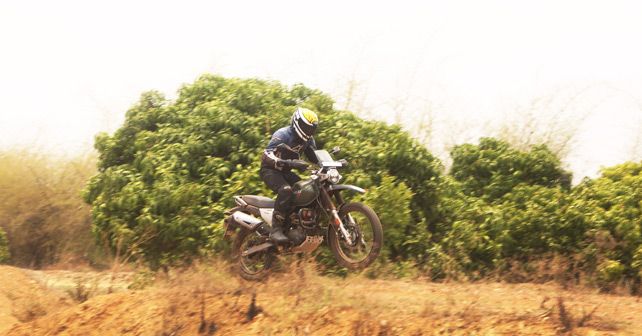
Hero’s affordable and lightweight adventure motorcycle has finally hit the showrooms. But was it worth the wait?
When Hero showcased the Xpulse concept at EICMA 2017, it catapulted most of us into a state of extreme excitement and anticipation. And, later, at the 2018 Auto Expo, when Hero confirmed that it’s certainly going into production, it only added to the intensity our excitement. But, then, for over a year, Hero went quiet – causing us to get anxious. However, they’ve finally got their act together – their lightweight and affordable off-roader, the Hero Xpulse 200, has now finally become a production reality. In fact, as if to compensate the long and tedious wait, Hero has launched not one but two derivatives of the Xpulse.
So, is the wait justified? Does the Xpulse make a case for the idea that ‘good things come to those who wait’? Or is it simply an example of being ‘too little, too late’? Let’s find out…
Bare bones
Although the Xpulse is offered in two variants, it’s the off-road version – the Xpulse 200 – that most of us are excited about. So, let’s talk about that first.
The design? In simple terms, it’s pretty basic. And Hero is making no bones about it either. It’s not supposed to be an aesthetically pleasing motorcycle – it’s all about function. The Hero Xpulse 200 is a purpose-built bike, and its every part screams off-road.
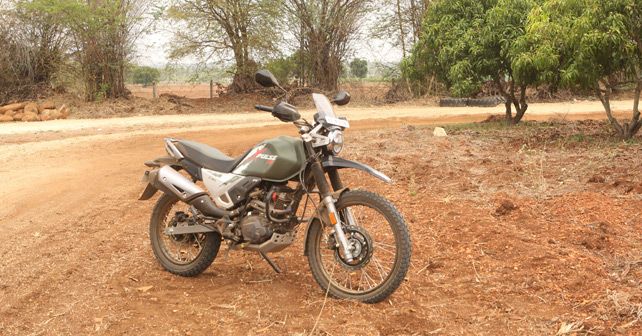
The spoke wheels – 21-inch at the front and 17-inch at back – shod with meaty Ceat tyres, the long-travel suspension – 37mm dia front fork with 190mm travel and a 10-step pre-load adjustable mono-shock at back with 170mm travel – a tall handlebar with hand guards, a small windscreen, a robust engine bash plate and a high-mounted exhaust are dead giveaways that the Xpulse 200 has been single-handedly designed to take on the rough stuff. And I simply love the approach that they’ve taken!
The fit-and-finish of the bike, however, isn’t the best. The plastics used feel flimsy, and the paint quality could’ve been better. The all-digital instrument cluster, on the other hand, looks very good and is very easy on the eyes with its large and clear layout. The bike also offers Bluetooth connectivity and navigation. But the system can be iffy at times – during our time with the bike, it kept on unpairing my phone, giving me a distinct sense of deja-vu every single time.
At its heart
The Hero Xpulse 200 has the same 200cc engine that debuted with the Xtreme 200R. Power and torque figures are identical – 18.2bhp and 17.1Nm. But there’s a key difference – the powertrain of the Xpulse has fuel injection. A carburetted version, however, is also offered with the same power output and torque. The engine is paired to a 5-speed gearbox.
The motor is refined and smooth, with very strong low-end and mid-range performance. It loves to be revved. Paired with a smooth and short-ratio gearbox, it feels eager and excited. That said, the top-end performance is weak and has nothing remarkable to talk about. Overtaking a vehicle at highway speeds needs a lot of determination and pre-planning. You really have to rev the hell off the engine to overtake at 80 to 100km/h.
The rear sprocket here is bigger than the Hero Xtreme 200R (38T vs 37T) for better acceleration. As for its top speed, it struggles to hit 120km/h on the speedo. And, while you’re at it, you can feel vibrations on the handlebar and foot-pegs.
In short, it’s a decent bike to ride in the city, but out on the highway and during long-distance rides, it leaves you wanting more poke. However, if you’re a relaxed rider and feel comfortable cruising at a relatively slower pace, 80 – 90km/h for instance, the Xpulse makes for a decent touring machine. And since we’re talking about touring, I must add that the saddle isn’t the most comfortable either for long rides – the seat is hard and narrow, and it gets tiring after a while. The 13-litre fuel tank, however, ensures good riding range.
Dakar roots
While the Xpulse doesn’t feel special enough for the road, everything changes when you get off the road. It’s simply brilliant off-road! You see, with its long travel suspension, crisp throttle response and short gear ratios, the Xpulse is a hoot to ride on uneven surfaces. After literally throwing it around CS Santosh’s backyard – the Big Rock Dirt Park – for hours, I was completely smitten with the Hero Xpulse 200.
What I really love about this new off-road wonder is the fact that it stays true to its claims – it’s a lightweight (154kgs) off-road machine that’s very friendly and forgiving. And when you’re going over obstacles or riding on off-road trails, the balance of the chassis and the handling and intuitiveness of the bike will inspire you to push it harder, obstacle-after-obstacle.

Another thing that particularly shines is its suspension setup – the bike sure feels decidedly firm on the road, but the shocks work wonders when you go off-road. The balance between compression and rebound damping is very well calibrated. I can’t remember an instance where the front forks bottomed out – the front always felt tucked in, even on loose surfaces.
Sure, the bike moves around a lot, but it’s very predictable. The main factor here is the weight – it’s so light that you always feel in control. It never tries to overpower you, even when you tend to overcook things. And, to be honest, all of this points to the fact that there’s a hand of Hero’s MotoSport division, and of CS Santosh, in developing and fine-tuning the Xpulse.
The Xpulse comes with single-channel ABS and disc brakes on both ends. The brakes feel wooden and lack feedback, but the braking performance is satisfactory. The ABS calibration is definitely impressive – it’s less intrusive and doesn’t kick in abruptly. This is something that really matters when you’re riding on loose surfaces, or on gravel.
T for Touring?
It’s time to get familiar with the second version – the Xpulse 200T. According to Hero, it’s for the road. And that’s why it comes with the exact same suspension setup as the Xtreme 200R instead of long travel forks. The wheels are smaller – 17-inch on both ends – and they are alloys. Plus, they’re shod with more road-focussed MRF rubber. The engine is the same, but the T doesn’t get fuel-injection. Instead, fuel is still fed through a carburettor. According to Hero, this is done to keep the costs in check.
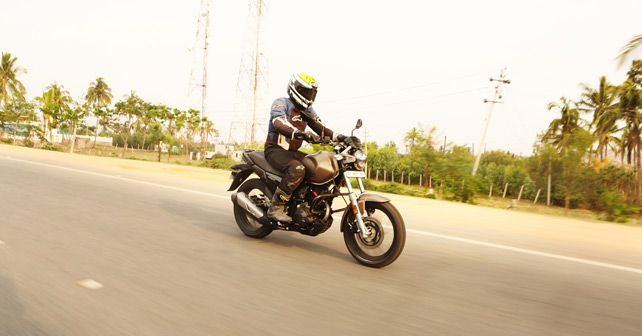
Now, while the underpinnings are more or less the same as it’s off-road version, its different chassis geometry makes the 200T feel completely different to ride, but, unfortunately, not in a good way! The engine seems to be a little less refined and the ride quality is even firmer. The top speed is also lower, at 115km/h, despite the fact that it has a smaller rear sprocket – 37T – as compared to its off-road sibling. However, on the tarmac, the 200T definitely feels better, more agile and more planted because of the smaller wheels and a lower centre of gravity. All said and done, given the price difference between the two – the 200T is priced at `94,000 (ex-showroom) – the Hero Xpulse 200 emerges as a better package overall.
Verdict
Having ridden both bikes back-to-back for two days, I found the difference between the two as clear as night and day. In terms of usage, Hero believes that the 200T will be the one that will bring in the volumes, as most of the buyers want a bike that looks ‘adventurous,’ but can be used primarily on the tarmac. I think this makes sense, too, because it’s priced well, it has retro looks and comes packed with decent features, including a full-LED headlamp and Bluetooth connectivity. And, in terms of performance, it’s more or less the same as the off-road version.
But the one thing that’s missing here is that it doesn’t tug at your heartstrings like the Xpulse 200 does. And, not only that, I feel that the Hero Xpulse 200 is a more rounded package – it does everything better than the 200T for only a fraction more money.
But what I love the most about it is its one-dimensional approach. Agreed, its engine doesn’t pack enough punch, the quality levels aren’t great and it isn’t comfortable for very long rides. But the moment you decide to fool around with it off-road, it’ll smack a wide grin on your face.
You don’t have to be an off-road specialist to have fun with this bike, nor do you have to spend a fortune to own or maintain this thing. Long story short, if you’re a beginner in the world of adventure riding – like myself – the Xpulse 200 is a great learning tool, and, I guess, it doesn’t get better than that.
Also read: Hero Xpulse & Xtreme 200S Launched
Engine: 199.6cc / Single-Cylinder/ Air-Cooled/ 2 Valve
Transmission: 5-Speed
Power: 18.2bhp @ 8,000rpm
Torque: 17.1Nm @ 6,500rpm
Price: ₹ 1.05 Lakh (Ex-showroom, Delhi)
X-Factor: A true lightweight entry-level off-roader that’ll also be light on the pocket.
|
Pros |
Cons |
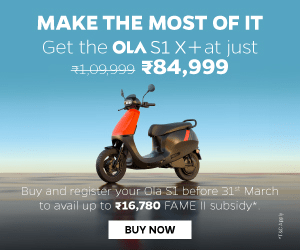

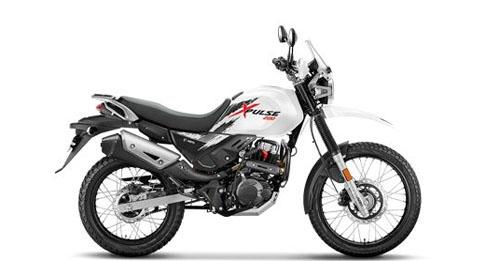

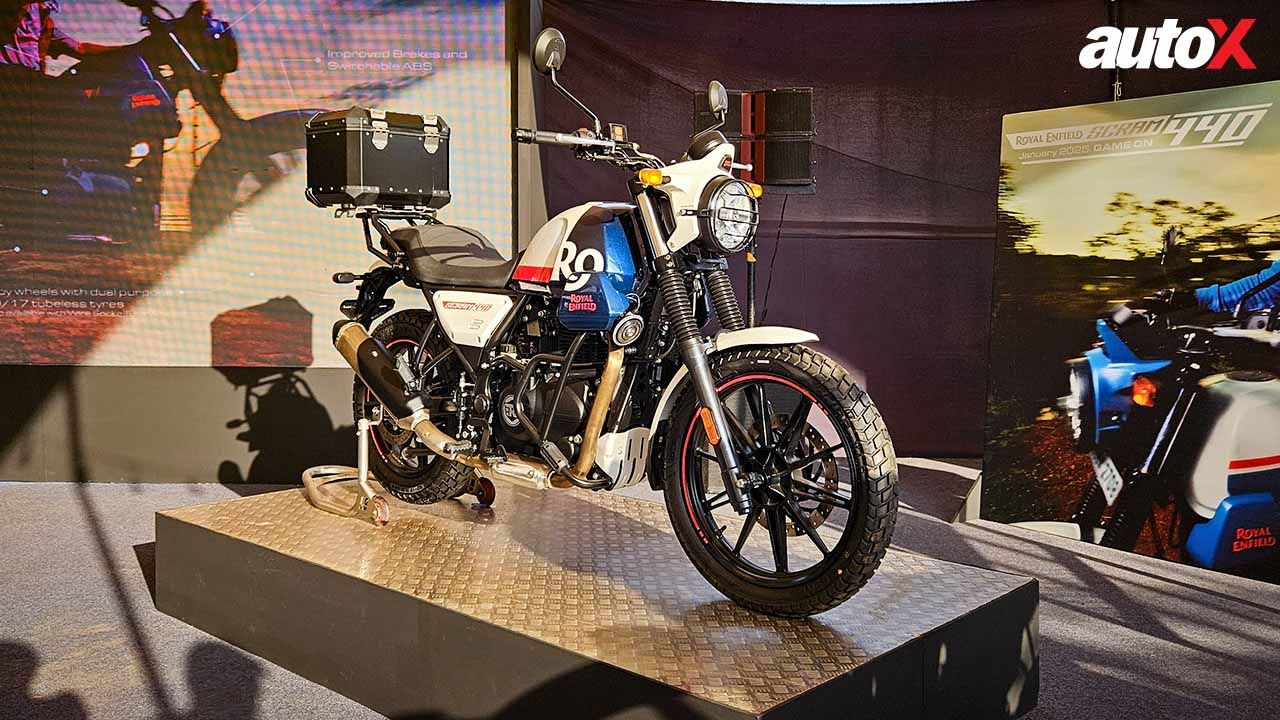
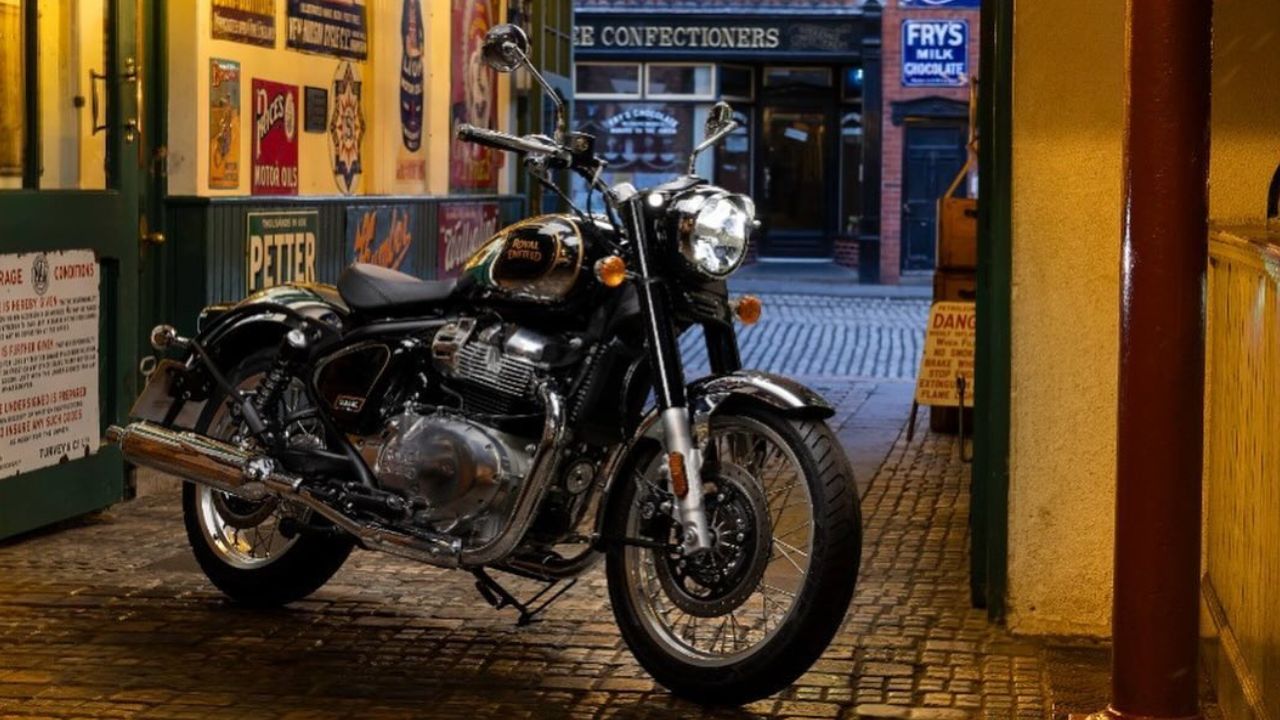
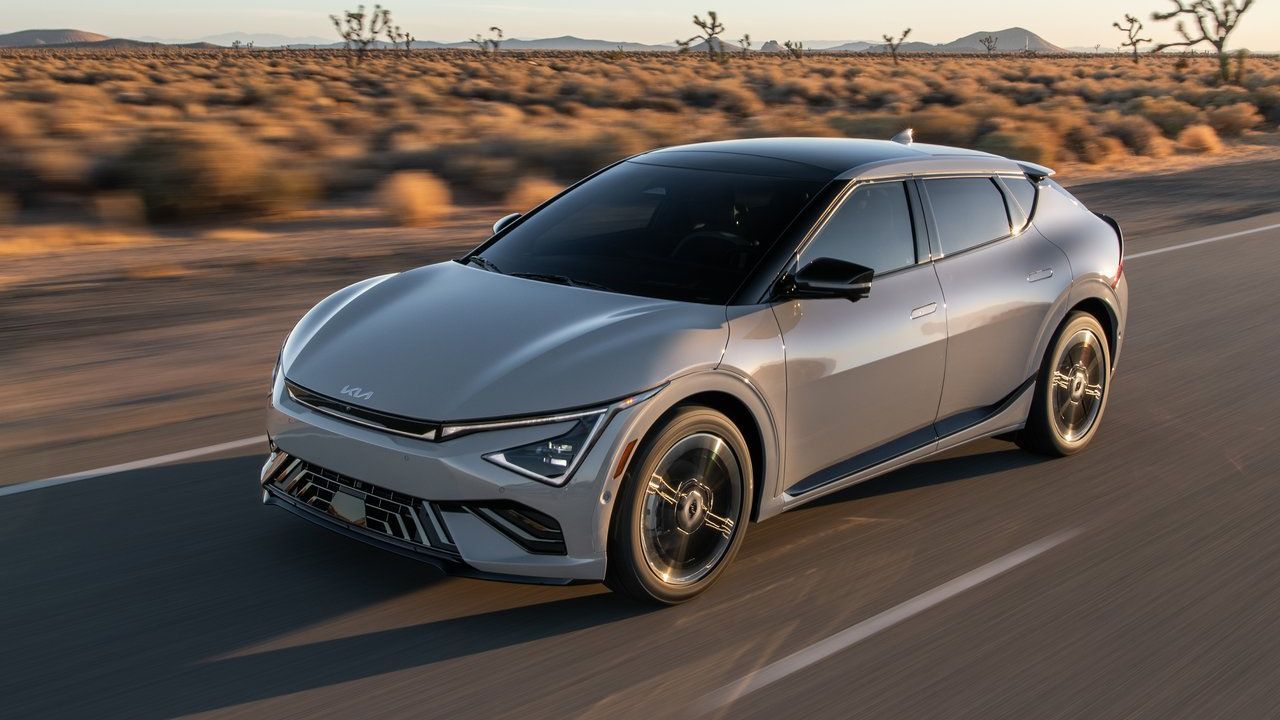
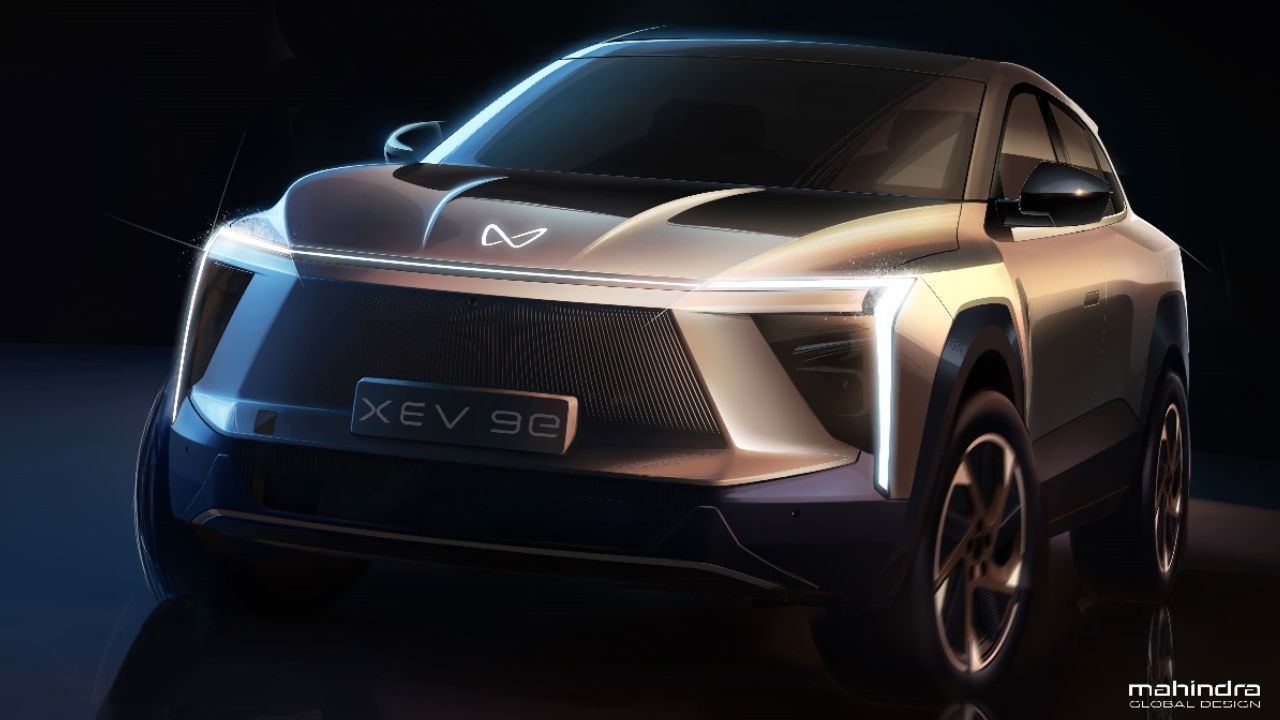
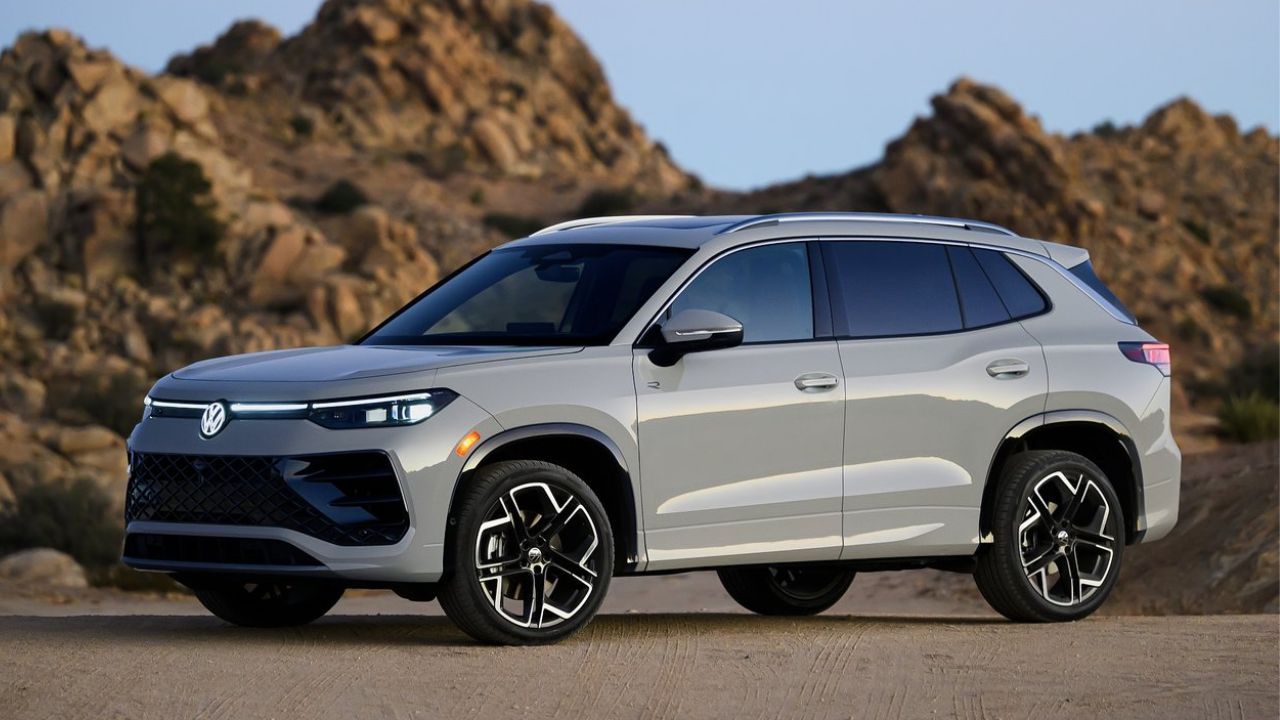
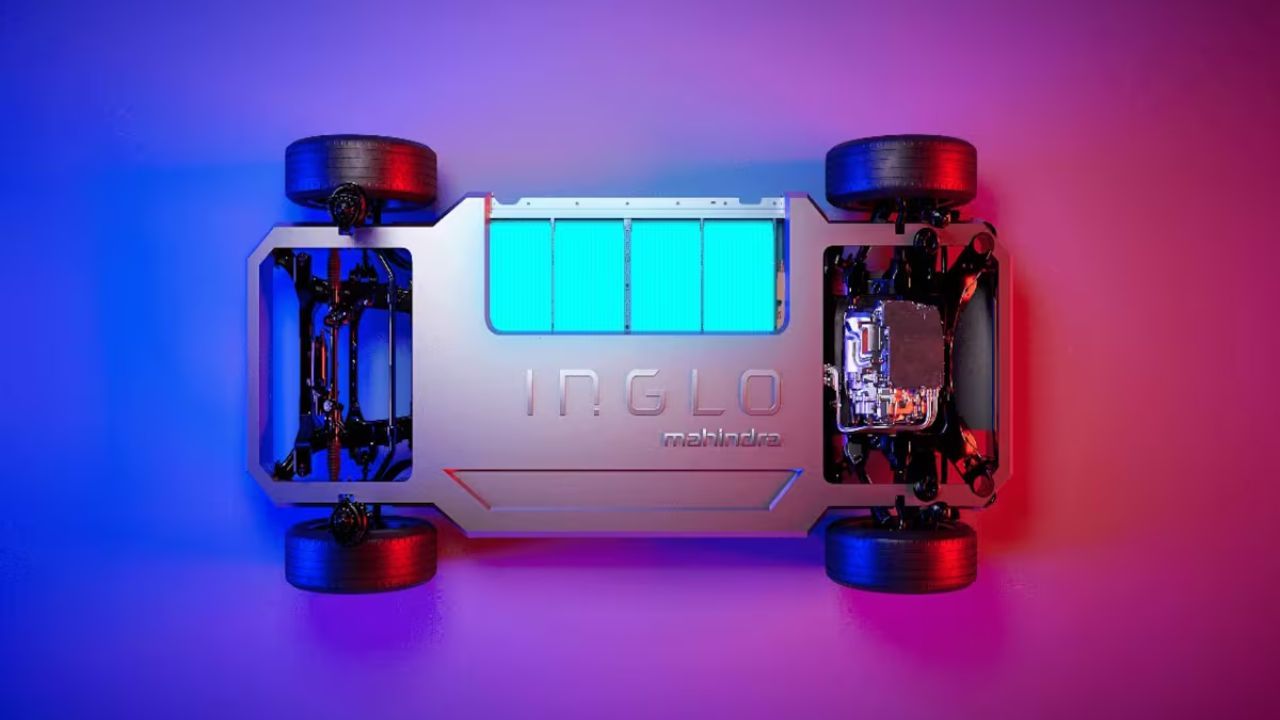
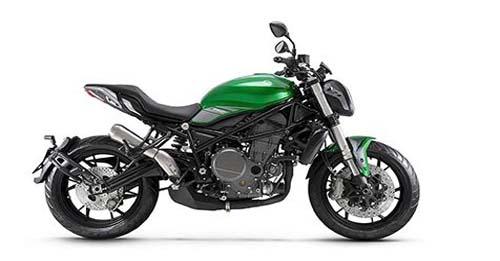
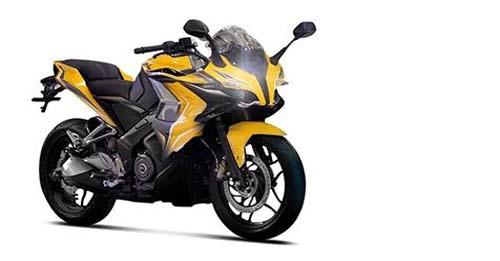
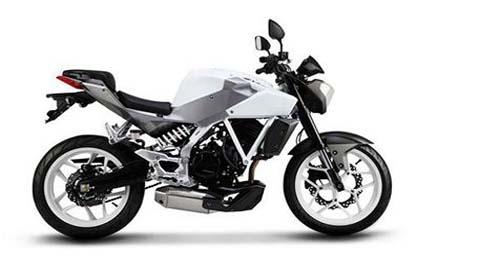
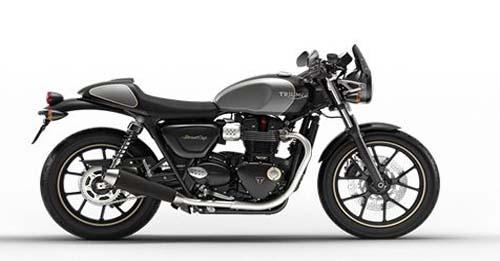
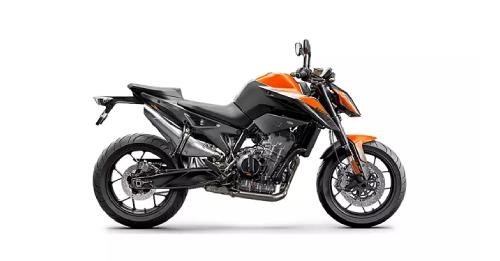









Write your Comment on